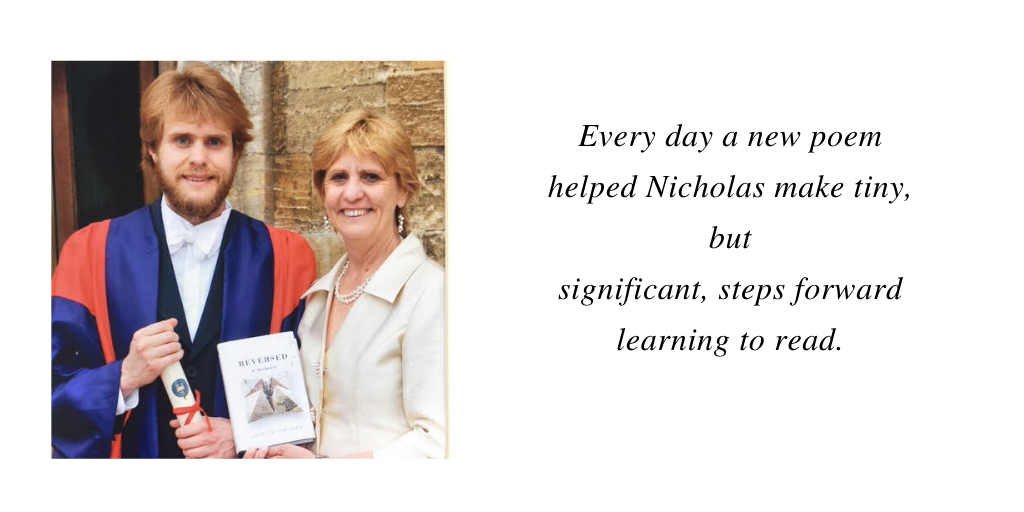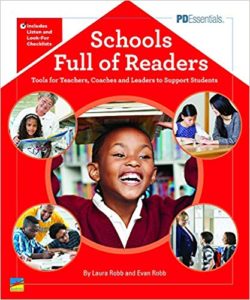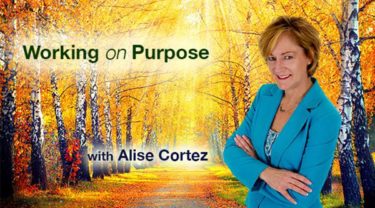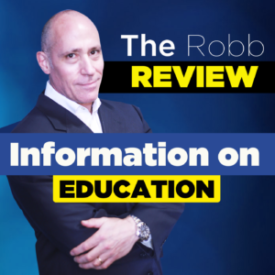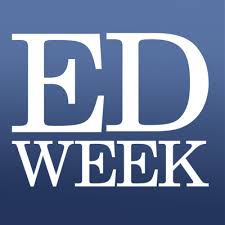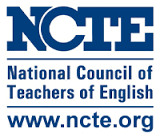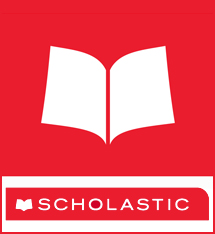“Everything is Changing!” Or is it? Four Cornerstones for Teaching and Learning
By Tonya Gilchrist
“Run often and fast, toward or away from something. Trust yourself to know which. And trust yourself to know when by the chanting clocks that hang on walls of dreams. This is called wise and this is called brave.”
—Rebecca Kai Dotlich, The Knowing Book, 2016
We are living in times of great uncertainty. The truth is, we always are. And, sometimes, it can be hard to see the forest from the trees.
Pause. Breathe.
Look to your North Star: the kids.
Ask yourself: What is it I really want for kids? You will likely have various ideas that pop into your mind—yet they all circle back to one key truth: I want them to grow and learn with joy and curiosity. Always.
And while you can’t predict the future, you can “run often and fast” toward four cornerstones—four core values that can keep student progress and wellbeing at the center of all that you do.
1. It’s All about Relationships
This is THE cornerstone upon which everything else that we do stands. It is vital that we build genuine relationships with our students, centered on open dialogue (which includes active listening!), relational trust, and mutual respect.
Always remember that kids are people, too. Showing students respect means you see them as the unique, incredible human beings that they are, and you treat them as such. Through showing genuine respect, trust is developed—and trust opens the door to building strong relationships.
Of course, it is important not to misconstrue compliance with respect. According to Oxford English Dictionary, respect is “a feeling of deep admiration for someone or something elicited by their abilities, qualities, or achievements.” Indeed, respect is earned.
In 1975, Judith Kleinfeld, a professor of Psychology, coined the term “warm demander.” In her work and research, she found that teachers need to be high in both “active demandingness” and “personal warmth.” It must not be either/or—we need both. We must earn the right to demand effort. Only once our students know that we legitimately care for them, can we then push them to high expectations—because they know the push is us looking out for them and truly wanting them to soar.
2. Amplify Inquiry
Inquiry can serve as the cornerstone to the stance and spirit that lives in our classrooms. When you start from a place of inquiry, you send a powerful message to your students: I am a learner, too. You are not a “sage on the stage,” rather you are there to explore questions with them. You are there to build and grow new ideas together. Through this inquiry stance, you model and honor questioning and learning more than knowing.
Rather than teaching students about argument writing, about multiplication, about laws of motion, or about the Cold War, how might you instead provide purposeful questions and inquiries for them to explore in order to develop the understandings for themselves? When we make our own meaning, lasting learning occurs. That’s the beautiful “stickiness factor” that comes with inquiry.
Of course, this does not mean that your teaching expertise is no longer needed. Quite the opposite, actually. Great teachers are essential. It is vital that you serve as a lead learner to support students as they grow. In addition, it is important that you are there to give explicit instruction as needed. Contrary to popular belief, explicit teaching definitely has a place within inquiry-based learning. The power lies in the how and why of this instruction. As the International Baccalaureate Organization says in PYP: From Principles into Practice (2018): “In an inquiry classroom, explicit teaching occurs ‘just in time’ (Hmelo-Silver, Duncan, Chinn 2007) not ‘just in case.’”
“Just in time, not just in case” can echo as a mantra in your teaching practice. Prioritize time for kids to live the work. Be careful not to over scaffold. Open up space for your students to intellectually grapple, think critically and creatively, and problem solve—while also being there to give “just in time” instruction and feedback to feedforward.
3. Honor Agency
The International Baccalaureate Organization defines agency as choice, voice, and ownership. While we all have agency within us, whether or not we can utilize our agency often depends on whether our environments respect, value, and support it.
Harnessing agency, then, is about empowerment. As you design learning experiences and cultivate a classroom culture, ask yourself: What am I doing to provide students with opportunities to be authors of their own learning?
In the world of education, we often refer to classroom management. However, rather than management, I encourage you to think of it as classroom empowerment. After all, teaching is not about being in control; it’s about providing an environment where students can cultivate their own autonomy, agency, and self-control. Too often, we adults lament that we want kids and teens to “take responsibility”—but are we opening up responsibility for the taking?
When you think of so-called classroom management, often what you are really after is engagement, attention, and motivation. This is all the more reason to lean into honoring agency.
In fact, both neuroscientists and psychologists have found that attention, motivation, and agency are inextricably linked. For example, cognitive neuroscientists Mike Esterman and Joe DeGutis spent years at the Boston Attention and Learning Lab developing a standard test to measure how well people can focus. They found that extra motivation had an astounding effect: it increased sustained attention by more than fifty percent. Knowing motivation is that powerful, how might we help our kids get more of it? Well, for decades, Edward Deci has been studying motivation, and he has found that one of the greatest factors is autonomy.
As humans, we crave positive emotions. Feelings of boredom, stress, and/or helplessness grind learning to a halt. On the other hand, when we are entrusted to make our own choices and design our own goals and challenges, we are empowered. Motivation, focus, and learning soar.
We all want our students to develop skills for deep thinking and living a life filled with growth and learning. In order for this to happen, we have to give them opportunities to try new things, take risks, get a little messy, and learn from it all. That cannot happen in a tight vacuum of control, but it can flourish in an environment filled with trust and agency.
4. A Forever Stance
“Searching for meaning is the purpose of learning, so teaching for meaning is the purpose of teaching. If teachers do not have meaning making at the core of their pedagogy and practice, then let’s not call the activity teaching. Doing so demeans the word and the noble art and science it represents.”
—Jacqueline Grennon Brooks, “To See Beyond the Lesson,” Educational Leadership, 2004
It is crucial that we take a forever stance in our teaching and learning. We are not here to assign; we are here to teach.
Students must know, feel, and experience the truth that learning does not happen in isolation. As they learn and make their own meaning, they continually add knowledge, skills, and experiences to their repertoires. They think across, between, and beyond individual lessons, disciplines, days, months, and years.
Words matter. Whether teaching a whole group lesson, working with a small group, or conferring one on one, be intentional in communicating a forever stance. You can remind your students that anytime they are reading, painting, writing, listening, researching—or whatever the skill may be—they can choose to pull on this strategy that is now a part of their own, unique repertoires.
As you live out your forever stance, your students will, too. They will recognize that learning is lifelong and lessons are transferable.
About Tonya
Tonya Gilchrist is an internationally experienced educator, instructional coach, and curriculum specialist. Tonya earned her Masters Degree in Educational Leadership from Hong Kong University. She also holds an IB Certificate in Leadership Practice and an IB Advanced Certificate in Leadership Research. Tonya currently serves as a senior strategist for Erin Kent Consulting where she specializes in helping schools around the world amplify inquiry and honor agency across all components of balanced literacy—including readers’ and writers’ workshops. She also works with schools to support them in enhancing disciplinary literacy and in effectively utilizing translanguaging practices. You can connect with Tonya on Twitter at @mrs_gilchrist and via her blog at tonyagilchrist.com.
![]()

